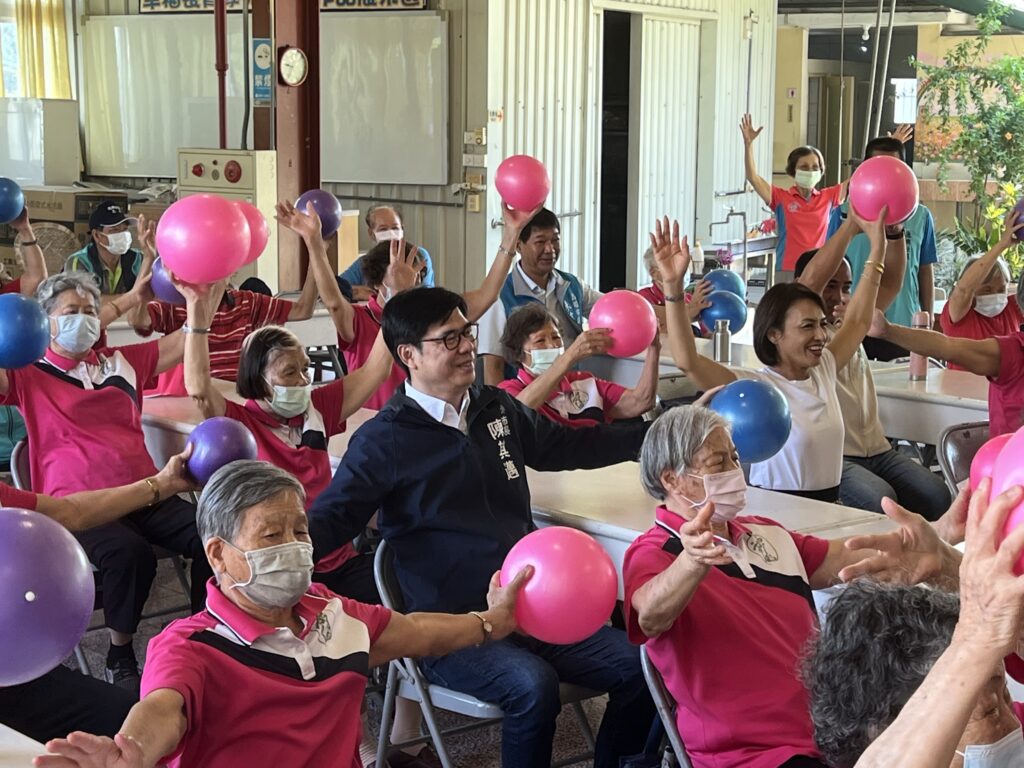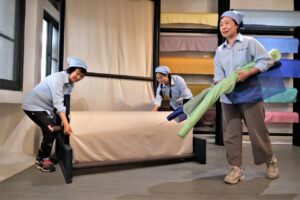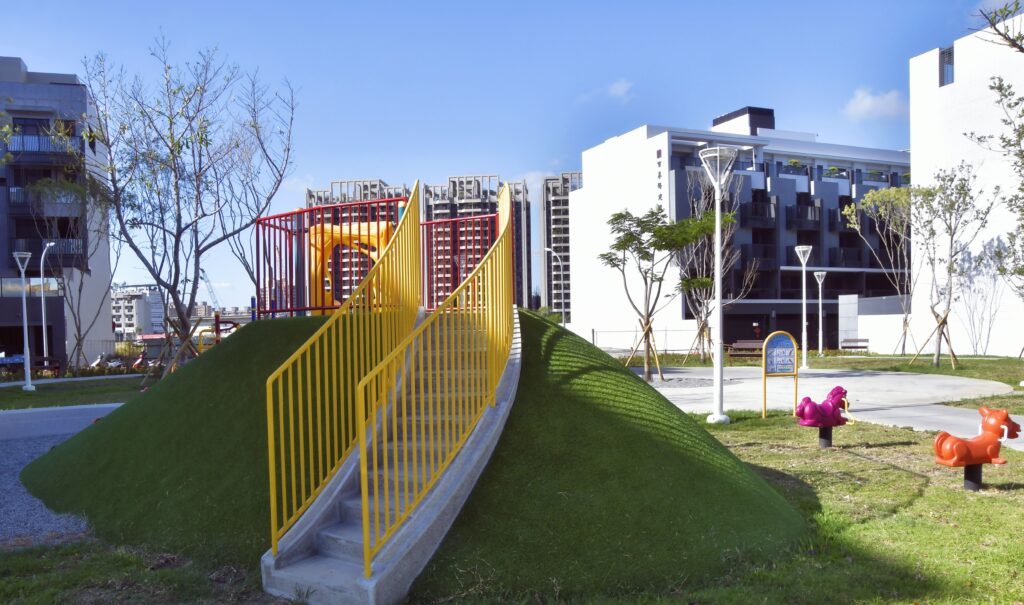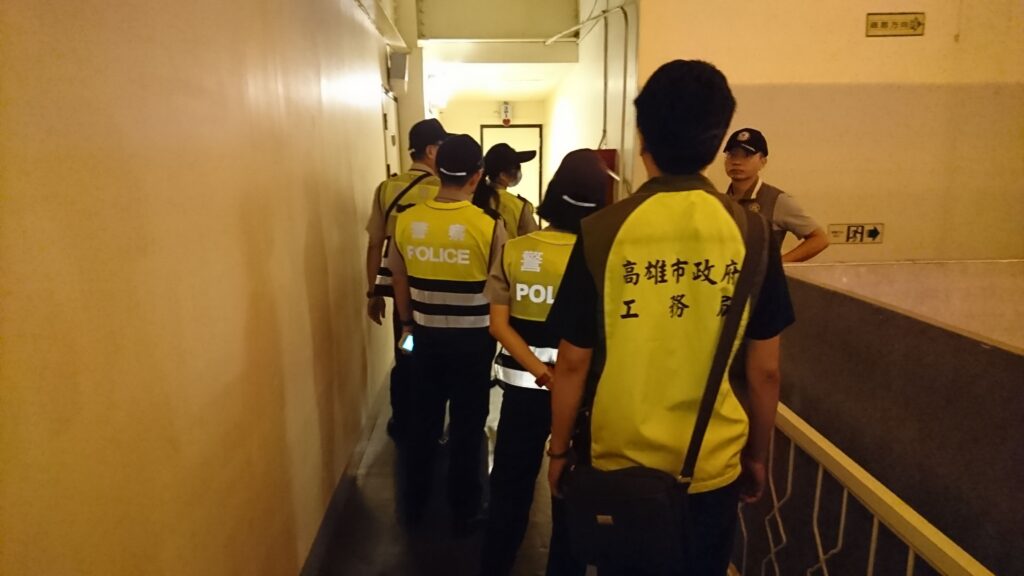daily life of a priest in the middle ages
World History Encyclopedia. The Lives of Monks in the Middle Ages | World History They did this because they thought that without any material- or worldly distractions they would achieve a greater understanding of and closeness to God. For only $5 per month you can become a member and support our mission to engage people with cultural heritage and to improve history education worldwide. (Brooke, 107). Our publication has been reviewed for educational use by Common Sense Education, Internet Scout (University of Wisconsin), Merlot (California State University), OER Commons and the School Library Journal. The date of the earth and history of humanity were all revealed through the scriptures which made up the Christian Bible considered the word of God and the oldest book in the world which was understood as a handbook on how to live according to divine will and gain everlasting life in heaven upon one's death. They also played important roles in the administration of the Church and in the education of the clergy. Priests, being leaders in the community and quite possibly the most literate, were also required to act as administrators for the lord of the manor, attending to title deed duplications, as well as keeping records and accounts of the villages local government business. Books The three orders of clergy within the Roman Catholic church were the deacon, the. Some Rights Reserved (2009-2023) under Creative Commons Attribution-NonCommercial-ShareAlike license unless otherwise noted. Here is what one typical day might look like for a parish priest: 5:30 am Wake up, morning routine, breakfast. Monasteries varied in size with a small one having only a dozen or so monks and the larger ones having around 100 brothers. A tapestry depicting a medieval hunt can be found at . Over time, within this early form of the monastery, a more communal attitude to daily life developed where members shared the labour needed to keep themselves self-sufficient and they shared accommodation and meals. After another working period, which might include physical labour if there were no lay brothers to do it, there was a midday mass (the High Mass) and then a meal, the most important of the day. Mark, Joshua J.. "The Medieval Church." Consequently, monks in the High Middle Ages were able to spend more time on scholarly pursuits, particularly producing such medieval monastic specialties as illuminated manuscripts. World History Encyclopedia is a non-profit organization. document.getElementById( "ak_js_1" ).setAttribute( "value", ( new Date() ).getTime() ); Cite this page The Editors of Give Me History, "Priests in the Middle Ages," Give Me History, December 15, 2022, https://www.givemehistory.com/priests-in-the-middle-ages. These schools were often attached to a monastery or cathedral, and the students were usually ordained as monks or canons (members of a cathedral chapter). Like Wycliffe, he translated the Bible from Latin into the vernacular (Wycliffe from Latin to Middle English and Luther from Latin to German), opposed the concept of sacerdotalism whereby a priest is necessary as an intermediary between a believer and God, and maintained that the Bible and prayer were all one needed to commune directly with God. These cookies help provide information on metrics the number of visitors, bounce rate, traffic source, etc. Because they wear black habits, Benedictine monks are often called "Black Monks." After one year a novice could take their vows and become a full monk, and it was not always an irreversible career choice as rules did develop from the 13th century CE that a youth could freely leave a monastery on reaching maturity. We contribute a share of our revenue to remove carbon from the atmosphere and we offset our team's carbon footprint. A monk did not own very much of significance besides his clothes. They would tell the tales of the saints to their parishioners; he would be in church every Sunday. The medieval mystic Margery Kempe (l. C. 1342-1438) challenged the wealthy clerics to reform their corruption while, almost 200 years before, Hildegard of Bingen had done the same as had men like John Wycliffe and Jan Hus. Although priests earn a modest salary, much of their income is earned through housing allowances, stipends, bonuses and other benefits. In return, the clergy would play a pivitol role in establishing the rules of the land. Help us and translate this article into another language! In contrast to their hairline, a monk's clothes were designed to cover as much flesh as possible. Beginning with a quick wash, monks spent an hour or so doing silent work, which for monks meant prayers, reading the text they had been assigned by their superior or copying a specific book (a laborious process that took many months). A History Of The Medieval Church 590-1500. This was a time of castles and peasants, guilds and monasteries, cathedrals and crusades. Myrc was a clergyman writing in England in the early fifteenth century, and his long poem was created to help priests who were not particularly learned remember all the most important parts of their work. In Paris too, the later Middle Ages witnessed a greater concern for older women (over older men) which reflected patterns of need and poverty. Priests in the Middle Ages - The Finer Times The Life of a Medieval Priest by Andrea Squires - Prezi So You Want to Be a Medieval Priest - Medievalists.net Advertisement cookies are used to provide visitors with relevant ads and marketing campaigns. Mark has lived in Greece and Germany and traveled through Egypt. Cartwright, Mark. The monks also devoted their time to learn, read and write Latin. Monasteries included a good number of lay brothers in addition to the monks and these were employed to do manual labour such as agricultural work, cooking or doing the laundry. The Middle Ages | Together At One Altar They did not usually have an unbroken sleep, though, as around 2 or 3 am they got up again to sing Nocturns (aka Matins) and Lauds in the church. Depends on the kind of priest, but most christian priests are allowed to and do drink alcohol as all the other people. Books Depiction of Hildegard of Bingen in the St. Foy ChurchRalph Hammann (CC BY-SA). Martin Luther's 95 Theses (1517) famously criticized the sale of indulgences as a money-making scheme having no biblical authority and no spiritual worth and opposed the Church's teachings on a number of other matters. Living simply and serving the surrounding community, the Cathars amassed no wealth, their priests owned nothing, and were highly respected as holy men even by Catholics, and Cathar communities offered worthwhile goods and services. From the 3rd century CE there developed a trend in Egypt and Syria which saw some Christians decide to live the life of a solitary hermit or ascetic. These groups, and others like them, attempted to assert spiritual autonomy based on the scriptural authority of the Bible, without any of the Church's ritual. Priests in the Middle Ages played a central role in the lives of their parishioners due mainly to the enormous influence of the Church in every level of European society after the fall of the Roman Empire. Monasteries grew in sophistication and wealth, greatly helped by tax relief and donations, so, as the Middle Ages wore on, physical labour became less of a necessity for monks who could now rely on the efforts of lay brothers, hired labourers or serfs (unfree labourers). The center of a congregation's life in a small-town church or city cathedral was not the altar but the baptismal font. Alcohol was prohibited (unless in the form of Christ's blood, even then only allowed at times of mass and holiday's). Women too could live the monastic life as nuns in abbeys and nunneries. Even well-known and devout religious figures such as Hildegard of Bingen (l. 1098-1179) were subject to 'discipline' along these lines for disagreeing with an ecclesiastical superior. Even an orthodox community which adhered to Catholic teachings such as the Beguines was condemned because it was begun spontaneously as a response to the needs of the people and was not initiated by the Church. The Role Of Priests In The Middle Ages - GoGreenva.org Our latest articles delivered to your inbox, once a week: Numerous educational institutions recommend us, including Oxford University. Since people in the Middle Ages feared god, most of the time everyone from the . Heaven, hell, and purgatory were all very real places to the people of the Middle Ages, and one could not risk offending God by criticizing his Church and damning one's self to an eternity of torment in a lake of fire surrounded by demons. In stricter monasteries, meat was not usually eaten except by the sick and it was often reserved for certain feast days. He was able to appoint rulers, dethrone kings, make and enforce laws, and influence every aspect of society. These rules governed every aspect of monastic life, from the hours of worship and study to the types of clothing worn and the food eaten. This tunic was known as an alb, which was then covered with an outer garment, either a tunic or a cloak when saying Mass. Both of these movements, however, offered people an alternative to the Church which the Church's teachings condemned. Header image courtesy: Internet Archive Book Images, No restrictions, via Wikimedia Commons. Copyright 2023 WisdomAnswer | All rights reserved. Tithing was the principal form of taxation of the poor, instituted in the 8th century by the Church, which made its collection the responsibility of the local priest. These institutions became especially important during the Black Death pandemic of 1347-1352 when the Church did its best to care for the sick and dying when no one else would. The daily life of a priest in the Middle Ages was shaped by the social and cultural context of the time. People were attracted to the monastic life for various reasons such as piety; the fact that it was a respected career choice; there was the chance of real power if one rose to the top; and one was guaranteed decent accommodation and above average meals for life. We aim to be the leading content provider about all things medieval. Everyone except the lord sat on benches. Monks went to bed early, just after 6 pm in winter or 8 pm in summer. Pope Innocent III & the Albigensian CrusadeUnknown Artist (Public Domain). What are 2 negative effects of using oil on the environment? Also, the poem is entirely written in rhyming couplets, so that the priest can more easily memorize the content. Although the Black Death was hardly the only cause of the fracture of the Church's power, it challenged the claim that it understood and represented the will of God. The afternoon was spent working again and ended around 4.30 pm in winter, which then saw another meal or, in the case of summer, a supper around 6 pm followed by more work. Margery Kempe (translated by Barry Windeatt). For only $5 per month you can become a member and support our mission to engage people with cultural heritage and to improve history education worldwide. Retrieved from https://www.worldhistory.org/Medieval_Church/. The Protestant Reformation, unfortunately, destroyed much of the good the medieval Church had done in reacting to what reformers understood as corruption and its perceived failure to meet the challenge of providing a reason, and solution, for the plague outbreak. Not surprisingly for such an important figure, monks were expected to bow deeply in the abbot's presence and kiss his hand in reverence. The Daily Life of Medieval Monks - World History Encyclopedia By the 6th century, the Church began to regulate how priests dressed and decreed that they should wear a tunic covering their legs, in contrast to laymen. Whether they truly believed in the religion was irrelevant. For example, the Hail Mary: Hayl be ow mary fulle of grace / God ys wy e in euery place (Hail[ed] be thou, Mary, full of grace / God is with thee in every place, lines 422-423, translation mine). How Were Priests Appointed In The Middle Ages? The number of monks was essentially limited to the monastery's income which largely came from the land it owned (and which was given to it by patrons over the years). The priest being literate would be the ones teaching in schools. Monks were generally not allowed to speak at all in such places as the church, kitchen, refectory or dormitories. He holds an MA in Political Philosophy and is the WHE Publishing Director. As a result, priests in the Middle Ages were central players in society. Monks were, of course, very poor as they had few possessions of any kind but the monastery itself was one of the richest institutions in the medieval world. Lesson Summary Frequently Asked Questions What are the 3 orders of clergy in the Roman Catholic Church? Social mobility was a rarity since the Church taught that it was God's will one had been born into a certain set of circumstances and attempting to improve one's life was tantamount to claiming God had made a mistake.






